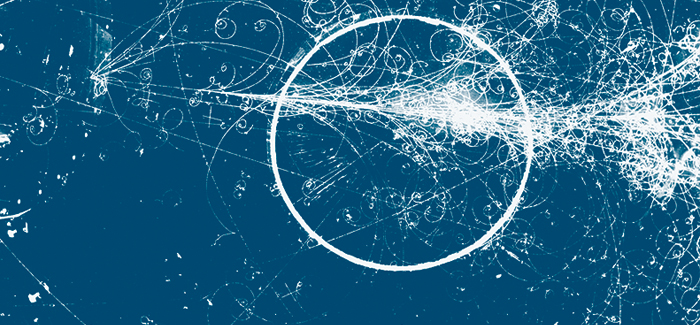
Particle tracks are captured on film in Fermilab's bubble chamber in 1978. (Image courtesy Fermi National Accelerator Laboratory)


This article originally appeared in the Fall 2014 issue of Inquiry, the biannual publication produced for University of Chicago Physical Sciences Division alumni and friends.
Early exposure
A precursor to the liquid argon time projection chamber shows particles in motion.
Invented in 1952 by Donald Glaser, for which he won the 1960 Nobel Prize in Physics, a bubble chamber is a tank filled with pressurized, superheated transparent liquid, often hydrogen or a hydrogen-neon mix. Just before an accelerator beam enters the chamber, the pressure is reduced, and the charged particles boil the liquid, forming bubbles along their paths, which curve in a magnetic field, allowing researchers to study particle momentum.
